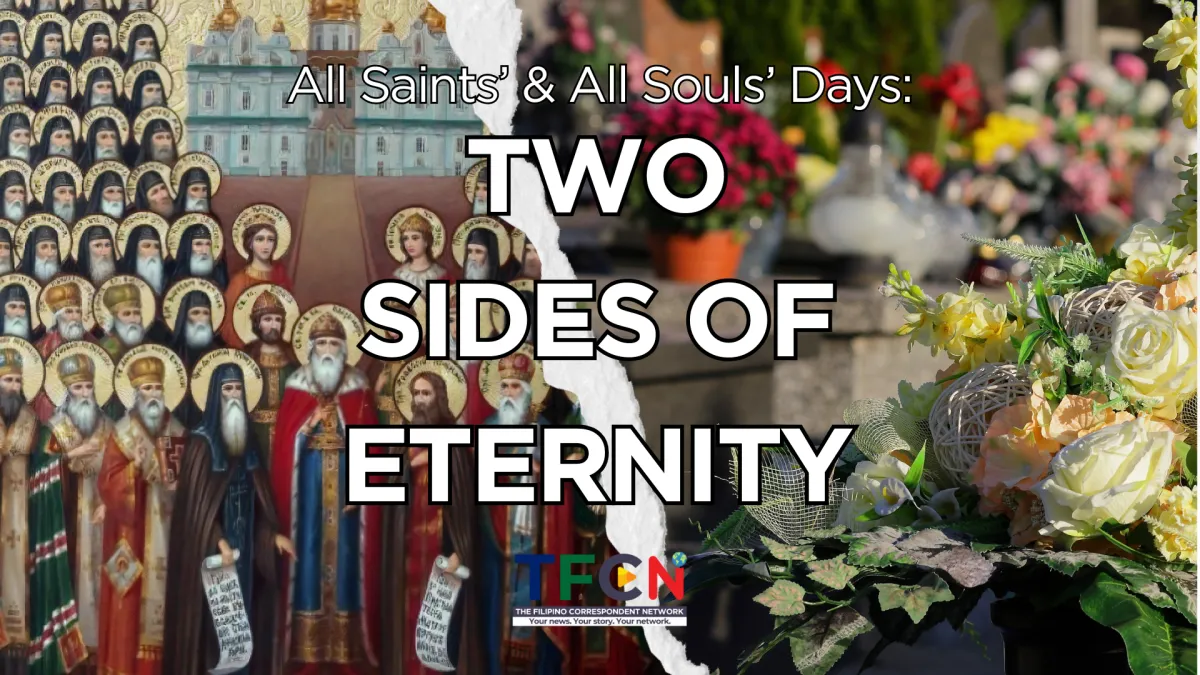
The Two Sides of Eternity: The Importance of All Saints' and All Souls' Days
The beginning of November marks two of the most significant and profound observances in the Catholic liturgical calendar: All Saints’ Day on November 1st and All Souls’ Day on November 2nd. Far from being redundant, these dual celebrations provide the Church Militant—those of us still living on Earth—a complete spiritual perspective, affirming the unbreakable bond that unites all believers across time and eternity: the doctrine of the Communion of Saints. These observances are vital because they provide both a glorious model for Christian living and a necessary call to active charity through prayer for the departed.
All Saints’ Day, a solemnity, is an affirmation of the Church Triumphant—the souls who have attained the perfection of holiness and now reign with Christ in Heaven. This day is not merely a celebration of the globally known saints like St. Peter or St. Teresa of Calcutta, but of all those unnamed individuals who lived lives of heroic virtue and faith. The observance is crucial because it reminds every Catholic of the universal call to holiness. The saints are tangible proof that the goal of the Christian life is not simply earthly comfort, but eternal union with God. Their lives serve as signposts, demonstrating that every vocation, from a carpenter to a queen, can be a path to Heaven. When we honor the saints, we acknowledge the efficacy of God’s grace and are encouraged to imitate their virtues, recognizing that, through the Paschal Mystery, that same heavenly reward is attainable for us.

Wall in the Basilica of St. Paul in Rome, Italy
In contrast, All Souls’ Day, or the Commemoration of All the Faithful Departed, focuses on the Church Suffering—the souls in Purgatory. The doctrine of Purgatory holds that while these souls died in God’s grace and are assured of Heaven, they still require purification before entering the Beatific Vision. This observance is an active spiritual work of mercy. It highlights the indispensable role of intercessory prayer, particularly the Holy Sacrifice of the Mass, in aiding these souls in their final journey toward God. On November 2nd, the Church emphasizes this profound act of charity, urging the faithful to offer prayers, sacrifices, and plenary indulgences for those in Purgatory, thereby hastening the day of their complete beatitude.

The true genius of observing these two days back-to-back lies in their complete expression of the Communion of Saints. They show that Heaven (the saints), Purgatory (the suffering), and Earth (the living) are not separated by an unbridgeable gulf but are three stages of one continuous body in Christ. The saints in Heaven pray for us and for the souls in Purgatory, and we on Earth pray for the souls in Purgatory, asking the saints for their powerful intercession. The liturgical sequence—from the glorious triumph of the saints to the charitable remembrance of the dead—forms a cohesive spiritual narrative that anchors the Catholic’s hope.
Ultimately, the observance of All Saints’ and All Souls’ Days is a powerful reminder that death is not the end of a relationship, but merely a change in the mode of communication. It is a dual call to hope and charity: the hope of attaining the glorious union celebrated on All Saints’ Day, and the charity of praying diligently for our brothers and sisters on All Souls’ Day. By honoring the successful and aiding the suffering, Catholics reaffirm their faith in the eternal life promised by Christ and actively participate in the great, never-ending conversation of the entire Church.
(For comments and suggestions, e-mail TFCN at [email protected].)

